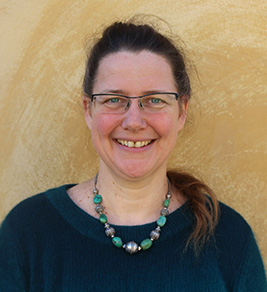Countries across the globe are designing and implementing spatial plans in the sea at high speed. The book “Maritime Spatial Planning – Past, Present and Future” is the first comprehensive overview of maritime spatial planning (MSP). Among other authors, Nordregio researchers are sharing insights on public participation in MSP.
The authors of the volume have managed to weave together different interdisciplinary strands of research, such as geography, urban planning, political science, natural science, sociology and education.
Emerging from experiences in this changing and challenging endeavour, the authors have identified some key questions: How can maritime spatial planning deal with a complex and dynamic environment such as the sea? How can MSP be embedded in multiple levels of governance across regional and national borders – and how far does the environment benefit from this new approach? How involve those affected – even across borders if the institutional systems are still under development? Besides analysis and discussion, also possible solutions are explored.
The book “Maritime Spatial Planning – Past, Present and Future” is co-edited by Jacek Zaucha (Maritime Institute in Gdansk) and Kira Gee (HZG Geesthacht).
Nordregio Senior Researchers Andrea Morf and Michael Kull together with Kira Gee (HZG Geesthacht) and Joanna Piwowarczyk (Maritime Institute in Gdansk) have contributed to one of the chapters “Towards a Ladder of Marine/Maritime Spatial Planning Participation” that is based on the need to assess and compare participation processes across cases and countries and foster learning to develop public participation in MSP. The chapter shares theoretical reflections and results derived from the BaltSpace and the Baltic SCOPE projects. It presents an analytical framework to characterise participation in MSP, including a participation ladder emphasising power sharing, roles, functions and learning.
This innovative and in many ways pioneering volume should be relevant for both students and scholars of MSP, as well as planners and practitioners, and hopefully also for land-based planning practitioners and researchers.



